Green tea is one of the healthiest beverages you can consume. It’s sugar free, doesn’t have any calories, and is loaded with antioxidants that provide copious health benefits. Plus, it’s refreshing. What’s not to like? There are three varieties made from the leaves of the same species of plant called Camellia sinensis; the difference is in how the tea leaves are processed. Green tea is made from unfermented leaves (while oolong tea is made from partially fermented leaves and black tea is fully fermented). Green tea contains a number of bioactive compounds including caffeine and other alkaloids, polyphenols, and Vitamin K, and after steeping many of the bioactive compounds in the tea leaves effuse into the final drink. The more you can use green tea to replace other sweet drinks–like soft drinks, energy drinks, and sugary beverages–the better!
Forms of Green Tea
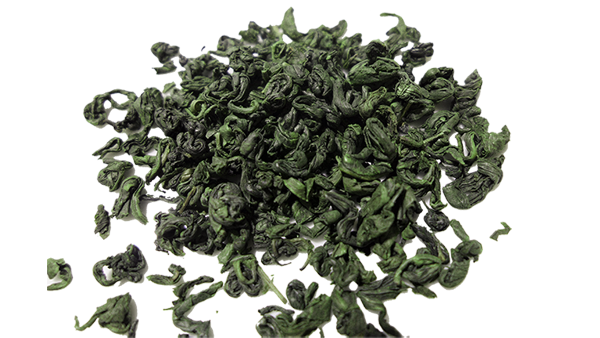
Biluochun Tea
Biluochun or Bi Luo Chun is a famous green tea originally grown in the Dongting mountain region near Lake Tai in Suzhou, Jiangsu, China. It is renowned for its delicate appearance, fruity taste, floral aroma, showy white hairs and early cropping. The name Biluochun literally means "green snail spring". It is called so because it is a green tea that is rolled into a tight spiral, resembling snail meat, and is cropped in early spring.
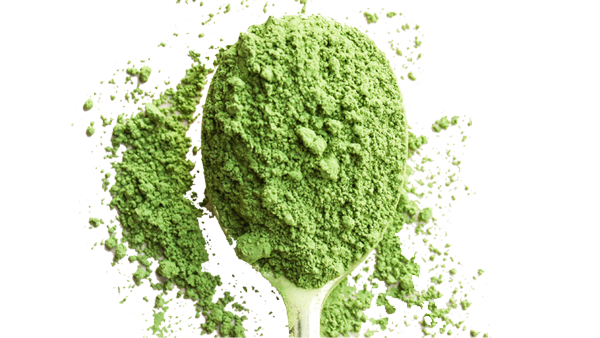
Matcha Tea
Matcha is finely ground powder of specially grown and processed green tea leaves. The plants are shade-grown for 3 to 4 weeks before harvest to produce more theanine and caffeine. The powdered form of matcha is consumed differently - it is typically suspended in water or milk. Blends of matcha are given poetic names known as chamei ("tea names") either by the producing plantation, shop, or creator of the blend, etc.
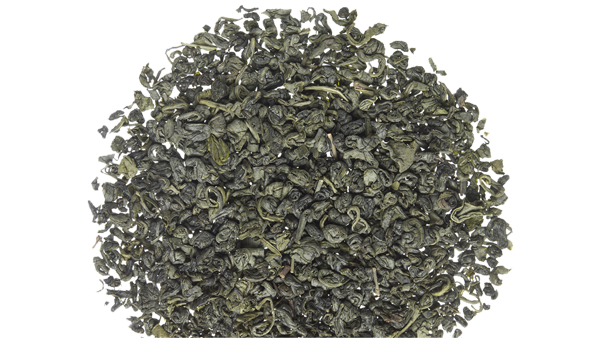
Gunpowder Tea
Gunpowder tea (Zhu Cha, literally: 'pearl tea') is a form of Chinese tea in which each leaf has been rolled into a small round pellet. Its English name comes from its resemblance to grains of gunpowder. Shiny pellets indicate that the tea is relatively fresh. Pellet size is also associated with quality, larger pellets being considered a mark of lower quality tea. High quality gunpowder tea will have small, tightly rolled pellets.

Chun Mee Tea
Chun Mee (Zhen Mei, literally: 'precious eyebrows') is a popular green tea. It has a dusty appearance and is generally more acidic and less sweet than other green teas. It was originally produced only in the Chinese Jiangxi province, but is nowadays also grown elsewhere. This ever-popular tea has a bright flavor, light tangy sweetness, and a toasty warm clean finish, making it an excellent green tea during the day or night, with a nice well-rounded flavor and aftertaste.
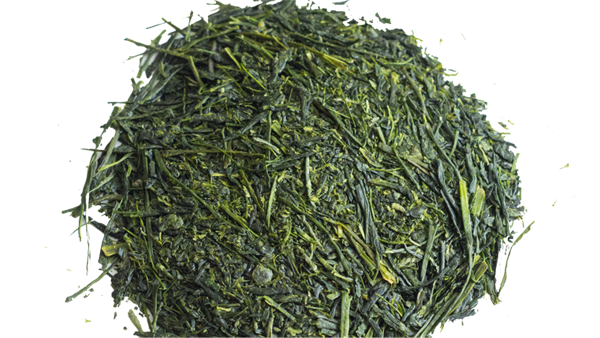
Sencha Tea
Sencha is a type of Japanese ryokucha (green tea) which is prepared by infusing the processed whole tea leaves in hot water. This is as opposed to matcha, powdered Japanese green tea, where the green tea powder is mixed with hot water and therefore the leaf itself is included in the beverage. Steamed teas such as sencha produce a cloudy, richly coloured liquid. Representing about 80 percent of the tea produced, sencha is the most popular tea in Japan.
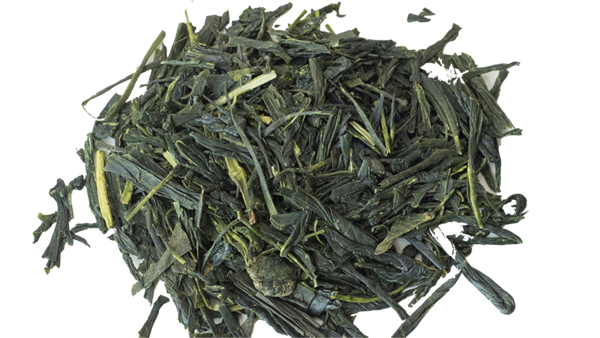
Bancha Tea
Bancha is a Japanese green tea. It is harvested from the second flush of sencha between summer and autumn. Bancha is harvested from the same tree as sencha grade, but it is plucked later than sencha is, giving it a lower market grade. It is considered to be the lowest grade of green tea. There are 22 grades of bancha. Its flavour is unique, it has a stronger organic straw smell.


